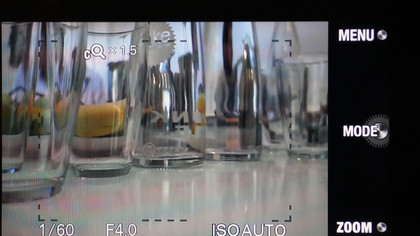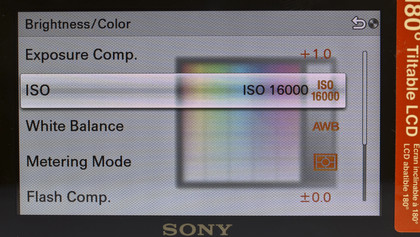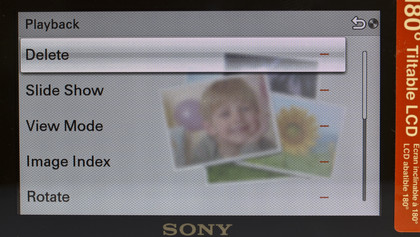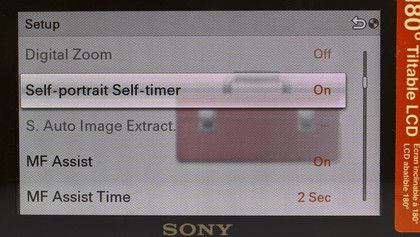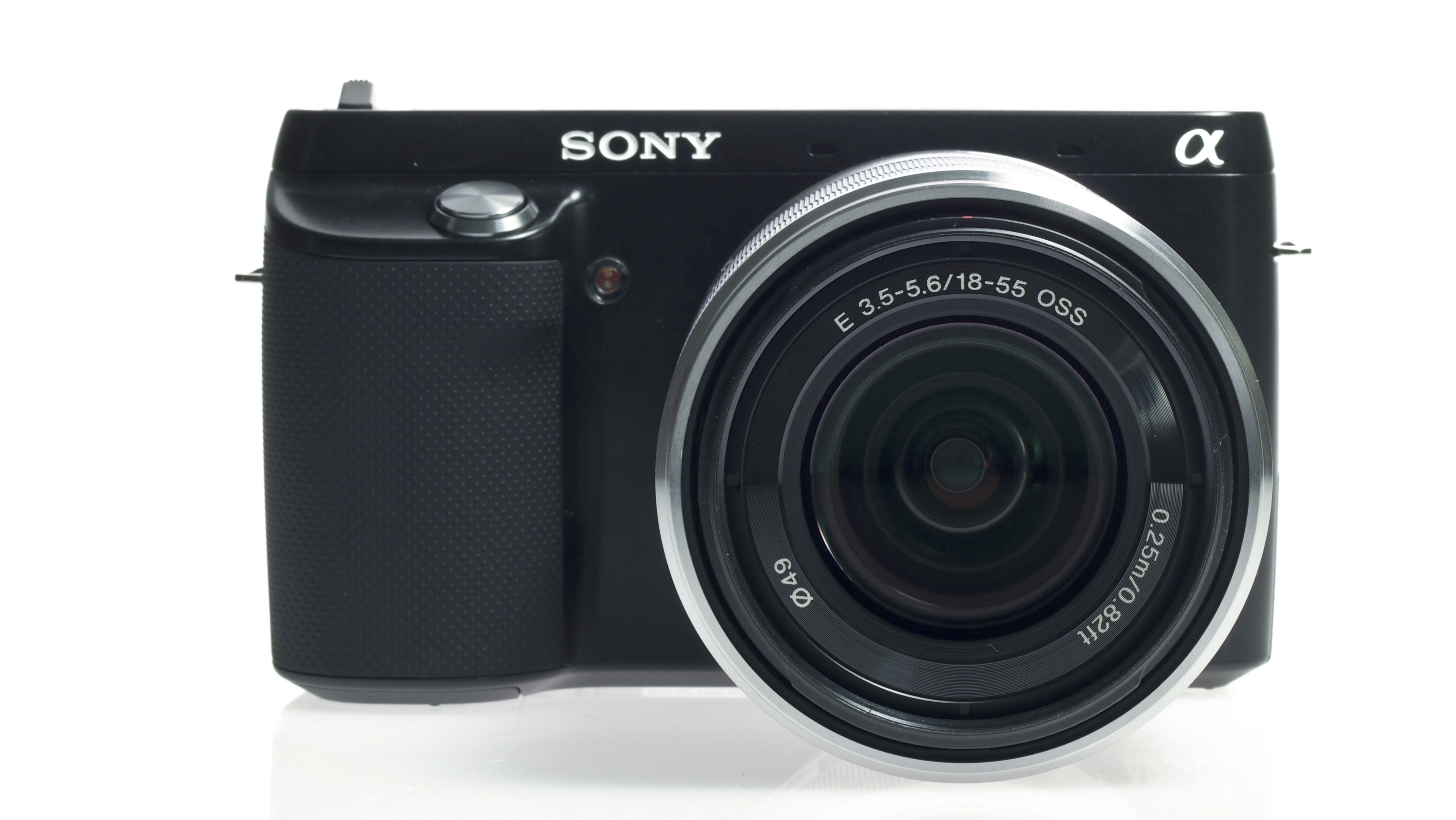Why you can trust TechRadar
Whether shooting in automatic or creative manual modes, the Sony NEX-F3 is capable of producing, sharp, well-exposed images with low noise and bags of detail. Evaluative metering produces accurate exposures in a wide range of conditions, only requiring compensation for high contrast scenes or those that are predominantly bright or dark.
The rotating thumb wheel on the rear makes applying adjustments easy when necessary in Aperture or Shutter Priority modes and Program auto.
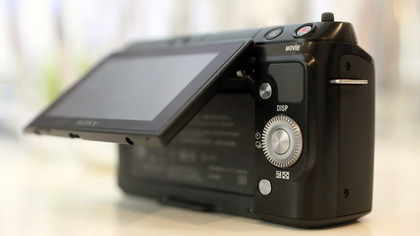
Auto White Balance tends to err on the cool side, which can leave images looking a little flat, especially if taken in overcast conditions. Pressing the option button when selecting a white balance preset opens up a useful adjustment feature, which can be used to specify whether each preset should produce a warmer or cooler result.
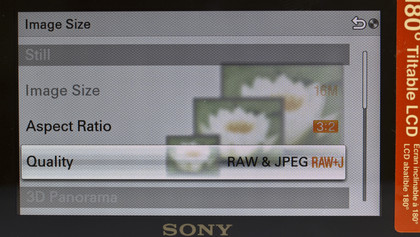
Since a full spectrum of colours are available to choose from, even green or magenta casts can be applied for correction, or for effect, which may be useful for simulating a certain retro or creative look in images.
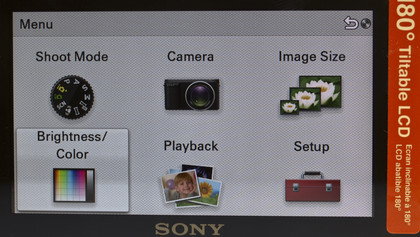
JPEG images taken at the base sensitivity of ISO 200 are sharp, detailed and contain no significant noise, which is also true of images taken at up to ISO 1600. The performance at higher ISOs depend on the kind of light that the images are taken under, with some conditions resulting in noisier images than others.
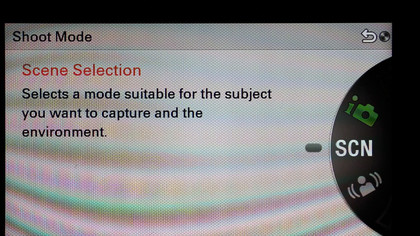
At ISO 3200, noise levels have started to become visible, but only if you look hard enough for it, and details are still retained well, despite a little softening due to the in-camera noise reduction. At ISO 6400, more softening due to noise reduction is visible and very fine details start to break up due to noise. Images are still very usable at this setting and should still make good A4 (about US letter-sized) prints.
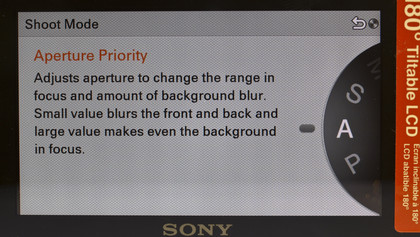
At ISO 12800, noise is much more visible, and blotchy patterns can be seen in flat areas of colour, especially in the shadows and colour saturation is reduced. Even though ISO 16000 should probably only be used as a last resort, images should still be perfectly acceptable for 6 x 4-inch prints, and for sharing on the web.
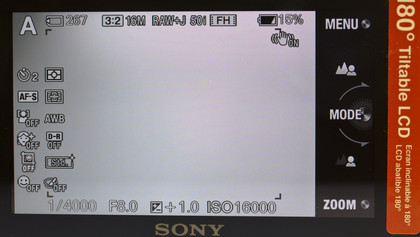
Overall, the noise performance is good for a compact system camera, which should facilitate image taking in a wide range of conditions.
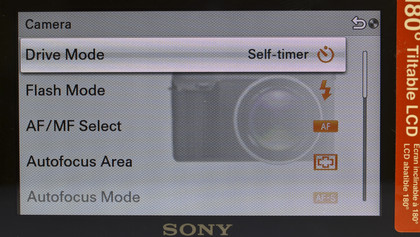
In good light, autofocus is very quick, and accurate for the most part. A subject tracking mode keeps up with the closest subject during video recording, and seems to perform well, unless the subject being tracked is fast or very erratic. Low light conditions severely impact the performance of the AF system, resulting in the camera hunting for a lock, or even mis-focusing completely.
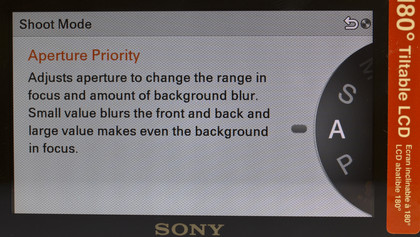
When light drops below a certain level, the camera switches to a wide-area focusing mode, no matter which mode has been selected. Unfortunately this impacts on the system's accuracy, quite often resulting in mis-focused images.
